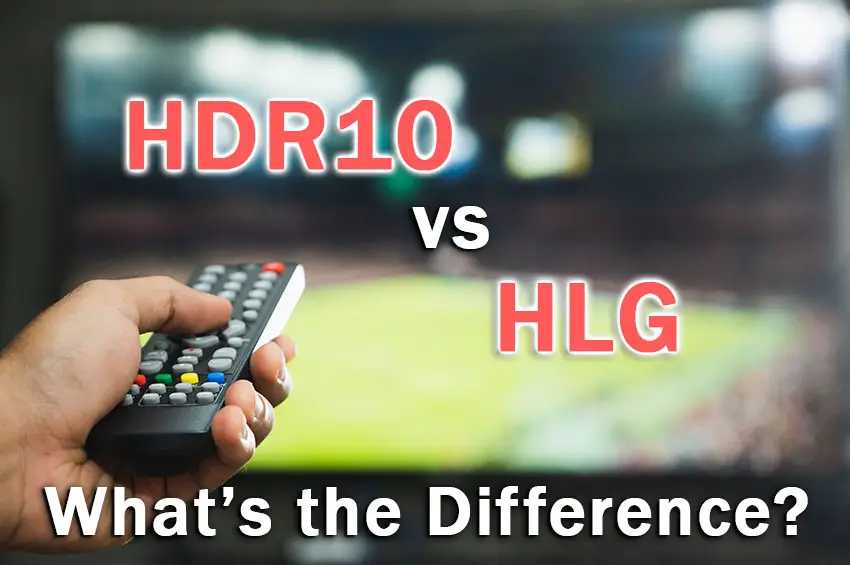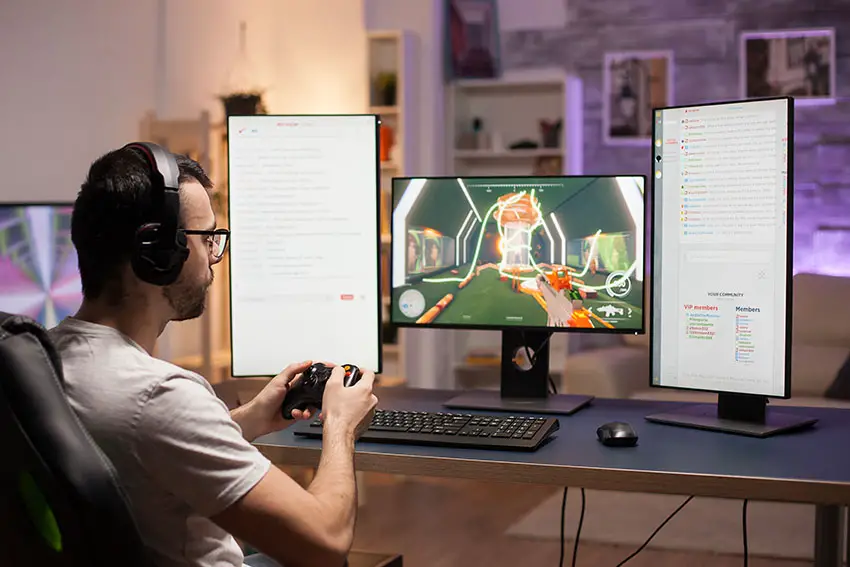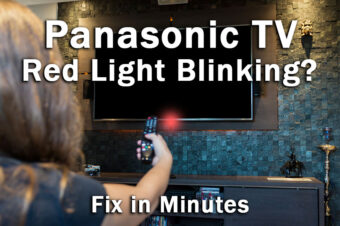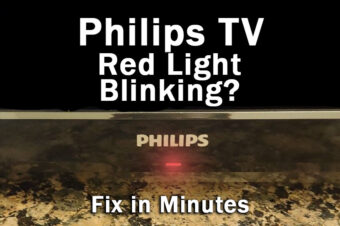In short, when comparing HDR10 vs HLG, HDR10 is one of the first HDR standards specifying 10-bit color support and a specific color gamut, while HLG is a broadcast HDR format that is lower bandwidth and backwards compatible with SDR, but doesn’t increase dynamic range in the darks.
Understanding the difference between HDR10 and HLG can be tough. With all these acronyms for different HDR standards, it’s not exactly clear which is the best one for you.
In this article, we’re going to quickly cover HLG vs HDR10 and give you some idea of which is best.

HDR10 vs HLG: Comparison
HDR10 is an open-source standard released by the Consumer Electronics Association in 2015, specifiying a wide color gamut and 10-bit color, and is the most widely used of the HDR formats.
It’s a pretty basic format that doesn’t really tell you much, only that the screen is able to display high dyanamic range images, with plenty of detail in darks and lights, and with good contrast.
Hybrid Log Gamma (HLG) is a much simpler technology than HDR10, and was originally developed to let TV broadcasters create pseudo-HDR images with HDR technology.
Essentially, HLG is just an extension of your TVs gamma curve, with extra data contained in the top of the curve that an HLG TV can process, while the rest of the curve is still available to non-HDR TVs.
The main advantage of HLG over HDR10 is that it can easily be enabled with a firmware update, while HDR10 requires specific technology in the TV.
But the main disadvantage of HLG is that it is only concerned with increasing dynamic range in the bright parts of the image, while HDR10 increases dynamic range across the entire picture.
Because HLG is fully open-sourced and requires less bandwidth than HDR10, it is much preferred by broadcasters, particularly for live sports matches, while HDR10 remains dominant among the streaming services and on Blu-Ray.
Backwards Compatibility
Because HLG only adapts the existing gamma curve of TVs, HLG footage can be viewed on non-HDR, SDR TVs with no apparent change to color or contrast.
On the contrary, HDR10 requires specific technology and if viewed on a non-HDR10 TV, colors will appear washed out and contrast will be lacking.
If you are filming HDR on your phone or camera, then HLG is a much better choice thanks to its backwards compatibility, even though it doesn’t offer quite as much dynamic range in the darks.
HDR10 vs HLG for Gaming

If you are using a modern TV with HDR settings, then you should use HDR10. If you are using an older SDR TV or you are playing an SDR game, then HLG will likely give better results as HDR10 content can look washed out on non-HDR10 displays.
HDR10 vs HLG vs Dolby Vision
Unlike HLG, HDR10 has a static metadata layer, while Dolby Vision has a dynamic metadata layer. This metadata contains data which is decoded by your TV to adjust the brightness and tone mapping either for the content as a whole for static metadata, or on a frame-by-frame level for dynamic metadata.
HLG does not have any metadata and contains its HDR content in the top end of the gamma curve.
In terms of outright image quality, Dolby Vision beats HDR10 which beats HLG, but HLG has a strong advantage in that it can be displayed on SDR screens without causing any color or contrast issues.
If you try to view an HDR10 or Dolby Vision source on an SDR screen, the image will look much worse than standard SDR content.
Ultimately, you would be best to go for a Dolby Vision TV, which will also support both HDR10 and HLG, giving you the best of all worlds.
Read More:






Leave a Reply